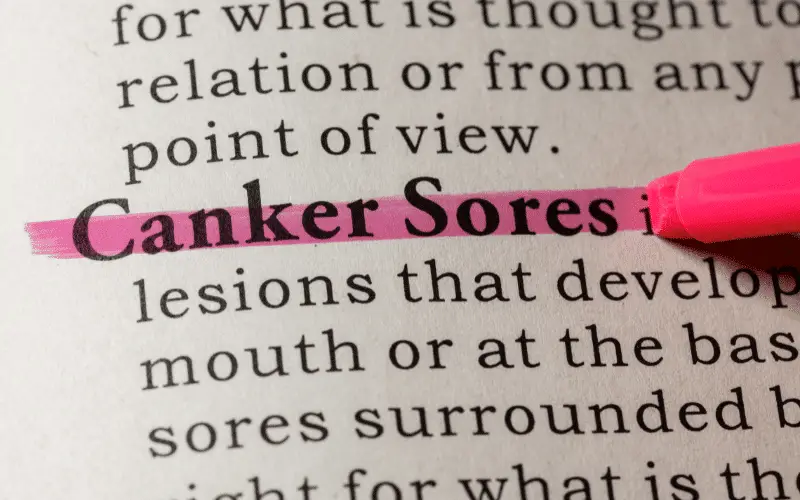Introduction: Understanding Behcet’s Disease and its Impact

Behcet’s Disease (BD) is a little-known yet potentially severe illness. This complex, chronic disorder is known for its wide variety of symptoms. From painful oral ulcers to debilitating joint pain, the disease’s signs can manifest in many forms, making it challenging to diagnose and treat.
Unlike other illnesses, BD doesn’t restrict itself to one part of the body. It’s a multisystemic condition, which means it can affect multiple parts of the body. This characteristic makes it even more difficult to understand, manage, and treat.
Although the exact cause of Behcet’s Disease remains unknown, many researchers suggest that it may be an autoimmune disease, where the body’s immune system mistakenly attacks its own cells. This misdirected immune response may cause inflammation in various parts of the body, leading to the diverse symptoms associated with BD.
Behcet’s Disease is also notable for its unique geographical distribution. While it’s rare in the United States and Europe, it’s relatively common along the old ‘Silk Route,’ extending from the Mediterranean to the Far East. This geographical distribution suggests a possible genetic component to the disease.
To better comprehend BD, it’s essential to recognize and understand its symptoms. This article aims to dive deep into the top 10 symptoms of Behcet’s Disease, shedding light on this often overlooked condition, helping those who suffer from it, and aiding those who support them.
1. Oral Ulcers: The Invisible Battle within the Mouth

Oral ulcers are a common symptom of Behcet’s Disease. They typically appear as round or oval sores, often mimicking the appearance of common canker sores. What separates them from the mundane mouth sore is the recurring nature of these painful ulcers. Appearing on the tongue, lips, gums, or the lining of the mouth, they present an unwelcome and agonizing challenge for those dealing with BD.
Upon closer examination, these ulcers exhibit a white or yellowish hue, surrounded by a red, inflamed boundary. The consistent occurrence and distinct appearance make them an early indicator of Behcet’s Disease, often serving as the initial impetus for patients to seek diagnosis. Despite their small size, they pack quite a punch in terms of discomfort and inconvenience.
One of the biggest challenges faced by patients with these oral ulcers is their impact on everyday activities. Even simple tasks like eating, drinking, and speaking can turn into an ordeal. The inflammation and pain can make consumption of acidic, spicy, or hard foods particularly unpleasant. This symptom alone can significantly impact a patient’s quality of life.
A curious aspect about these oral ulcers is their tendency to disappear and reappear. Even without any specific treatment, they usually heal within one to three weeks. However, just when a patient may breathe a sigh of relief, these ulcers can re-emerge, continuing their painful cycle.(1)